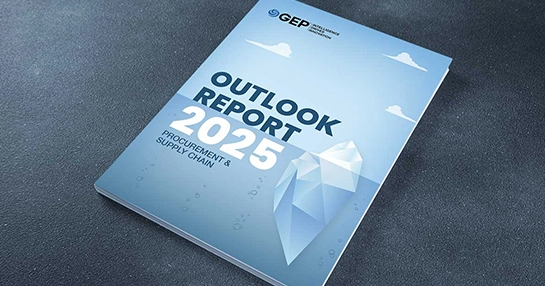
7 KPIs to Effectively Monitor Accounts Payable Performance
- Businesses must periodically monitor their accounts payable team’s performance.
- This can help identify areas of improvement and provide opportunities to streamline processes and optimize cash flow.
- AI-powered technology can automate routine tasks and allow the team to focus on value-adding tasks.
February 12, 2025 | Accounts Payable
Your accounts payable team performs routine back-end operations. It receives invoices and cross-checks them against purchase orders and good receipts. It then seeks the necessary approvals and processes the payment.
But is this all that accounts payable teams have to do?
Do you know how long it takes for the team to process each invoice? And what is the associated cost? Which part of the process takes the maximum time? How can this time be reduced?
If you do not have a system in place to access all this data, you wouldn’t really know how the function is performing.
Clearly, you must have a mechanism to assess the performance of accounts payable. This mechanism requires the setting up of key performance indicators (KPIs) that can be used to quantify and measure the team’s performance.
Why You Must Have KPIs for Accounts Payable
Businesses source a variety of goods and services in routine operations. When suppliers deliver these goods and services, they share invoices with the accounts payable team. The team processes the invoice and meets short-term business liabilities toward suppliers, vendors and creditors.
But it’s not only about the payment due.
There are broader things to consider.
How quickly is the payment made? Is the payment accurate and aligned with the purchase order? Key performance indicators, or KPIs, provide a means to evaluate the productivity and efficiency of the team as well as the overall accounts payable process.
Additionally, as accounts payable works closely with many internal functions, invoice processing errors and process inefficiencies can have ripple effects across different teams.
Here are 7 KPIs for accounts payable teams:
1. Days Payable Outstanding (DPO)
This indicates the average time a business takes to pay supplier invoices. A high DPO shows that the business is taking longer to pay its bills. A lower DPO, on the other hand, indicates quick payment to suppliers. While this can help strengthen supplier relations, it can also mean that the business is not fully utilizing the payment terms to its advantage.
2. Average Invoice Processing Time
This KPI measures the time businesses take to process an invoice from initial receipt to final payment. A long invoice-to-payment cycle can delay payments and strain supplier relationships. It isn’t difficult to guess a supplier’s preference between a business that takes seven days to process an invoice and another that takes only three days for the same.
3. Invoice Accuracy Rate
This KPI measures the percentage of invoices processed without any errors. Inaccurate invoices can lead to overpayment or duplicate payment, which in turn impacts working capital and distorts your books.
4. Cost per Invoice
This metric quantifies how much a business spends to process each supplier invoice. It includes all associated costs such as labor, technology and overheads spent on processing invoices. Understanding this metric can help identify opportunities to lower the cost per invoice and make operations leaner and cost-effective.
5. Percentage of Supplier Discounts Captured
This KPI tracks the percentage of supplier discounts that your team can leverage. Your suppliers may be offering discounts on early payments made within a specified period. But is your accounts payable team cashing in on these discounts? If it isn’t, it is leaving a huge amount of potential savings on the table.
6. Percentage of Late Payments
A high percentage of payments made to suppliers after the due date shows inefficient accounts payable processes and potential cash flow issues. This can hurt vendor relationships and result in penalties or higher prices in future contracts. It can also impact your ability to negotiate favorable terms with suppliers in the future.
7. Total Invoice Cycle Time
This metric measures the end-to-end invoice lifecycle from purchase initiation to final payment. A longer cycle indicates that there are bottlenecks in the process that can lead to payment delays. You must endeavor to shorten the cycle by streamlining processes with the help of technology.
Also Read: AI in Accounts Payable: Redefining Efficiency for Procurement Leaders
Transforming AP into a Strategic Business Unit
By reviewing accounts payable’s performance vis-à-vis predefined KPIs, businesses can identify potential bottlenecks and improvement areas. In this process, they can transform accounts payable from a tactical cost center into a strategic business unit.
Today, high-performing AP teams leverage AI-powered technology to automate routine tasks, boost productivity, and enhance data-driven decision-making. Not only does technology adoption help lower per-invoice processing costs, but it also results in paper- and error-free processing without any delays.



